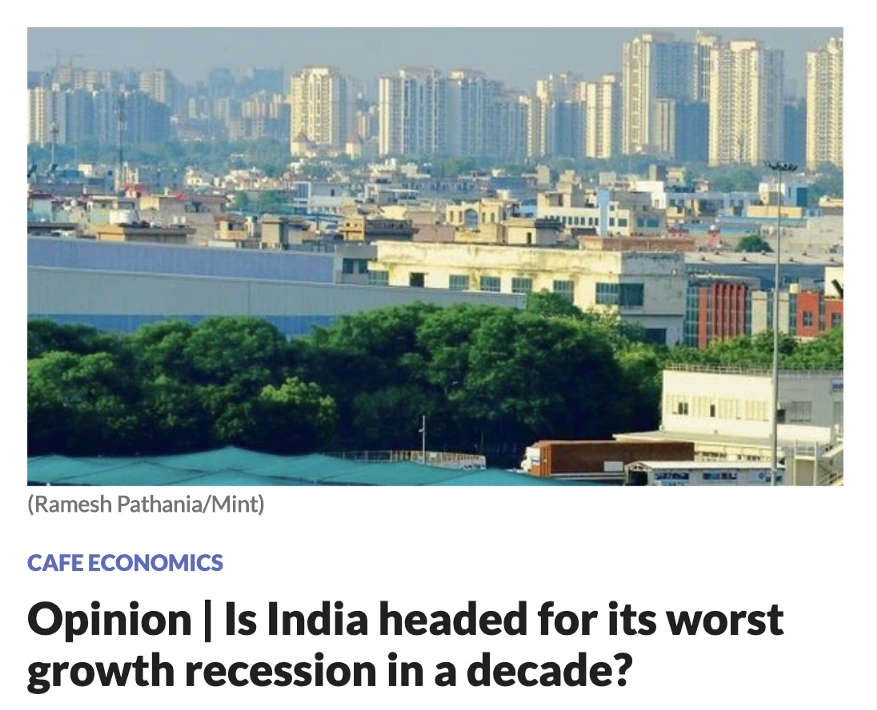The Golden Age of Private, Customised Realities

A few days ago, I too, had a small altercation on the legitimacy of a keto vs traditional diet with a dear friend.
I won — gracefully, of course. I say this with a certainty bordering on cockiness because of two reasons.
- By the end of the argument’s natural segue into something less adversarial, my beliefs, unlike a famous martini, were neither shaken nor stirred.
- When we were done fighting, my friend’s opinion was metaphorically downvoted into oblivion with a hundred troll comments under it, his credibility utterly destroyed — so when he realised he could defend it no more, he unnaturally segued into something less adversarial, with no help from me whatsoever.
I wasn’t fully done gloating when I realised that we hadn’t yet seen the last of it. Instinct tells me that my friend’s bruised and battered opinion still has a pulse, and it is silently being nursed. Nourished with new talking points, it will make a steady recovery. And then, it’s coming to get me with impassioned vengeance.
Because that’s what opinions are built to do, in this age. Like trained operatives, they’re resilient, invincible, unyielding. Think John Wick, but angry with you over Hrithik and Kangana. Yoga and CrossFit. Nationalism and Liberal Kumbaya. Why? The answer possibly lies in the strange friendship between Eugene Wigner and his friend.
In 1961, Wigner, a theoretical physicist, proposed a thought experiment, famously known as the Wigner’s Friend Paradox. In it, he asks us to consider the following problem.
Wigner’s friend is inside a lab conducting an experiment on a particle. For the sake of simplicity, the particle is in State 0 before the experiment and will be in one of two states — State 1 or State 2, after the experiment. Wigner’s friend observes the particle and finds that it is in State 1. She writes this down in her notebook. Outside, Wigner observes his friend performing the experiment, but not the experiment itself. He has no idea what his friend has written down in her book. For him, the particle is still in State 0.
In one moment, the truth for Wigner’s friend is that the particle is in State 1 because that is what she sees, whereas the truth from Wigner’s standpoint outside the lab is that the particle is in State 0 because that is what he sees. Inside the lab and outside it, lie two distinct truths — two distinct realities that occur out of the same event — because of two different observations.
One can argue that once Wigner’s friend tells Wigner about her findings, they share the same reality again. But for the time between the experiment and Wigner’s knowledge of the result, the particle was as much in State 0 as it was in State 1.
What Wigner was trying to prove was that there is more than one reality when there is more than one observer. There is, therefore, no objective reality — only a shared one.
Humans learn through patterns. Without them, we wouldn’t understand our world. We perform in patterns. We identify with a collective community, nation, language, culture and religion through patterns. Once we’ve found people who see the same things we see, do the same things we do and feel the same way we feel about the world, we become communities. We relate to one another. We become a tribe.
We share one reality.
In all our individuality and uniqueness, we look for similarities in our peers because that tells us that the world we see is real. Anything outside that collective point of view is an illusion. We need that belief. It is intrinsic to being animal. To being man. To being one in a herd. To being One Herd.
It’s an idea that has captured the imagination of man from the very beginning. Ancient Indian texts dating back to 2–3BC in the form of Manu Dharmashastra / Manusmriti — the Laws of Man according to India’s first Man, tell us about a grand vision for the future where every belief fell under One system, every man belonged to One Land, where all Manu’s children belonged to One World. Seems like the objective of humankind has always been to share one reality. To assimilate.
To be One Identity in a Collective Identity.
We had a good run. But our shared reality has collapsed. And the culprit building lab walls between you and me is watching us this very moment as your eyes shift from this word to this one.
Since patterns are our way of understanding the world, we also taught our greatest invention to learn about the world by studying patterns. Now, our baby, AI, is a master at it. If your credit card shows you’re buying more beer every week, AI knows you must have found new friends. But if you’re not ordering more food online, maybe you’re just developing a drinking problem. Good thing, AI doesn’t judge. It focuses its knowledge into figuring if it should sell you a group package to Bali or a feel good solo spa-weekend to detox. There’s just one problem. AI is not human.
Where humans use patterns to collate and identity, AI uses it to sort.


Sort by political views. Sort by last purchase. Sort by content. Sort by genre of content. Sort by sub-genre of genre of content. By the end of all the sorting, picking and funnelling, AI sorts so efficiently, it manages to show you a point of view so unique and customized that your reality becomes solely populated by your knowledge and your opinions. It can, therefore, only be shared by people with the exact same opinion and the exact same knowledge. Any challenge to your opinion, then, is a challenge to your Identity. Which must be defended. At any cost.
From a Collective Identity, emerges One.
In a world of multiple realities, the truth becomes subjective. If everyone has their own reality, how do we connect? How do we share a reality? How do we know what is real and what is an illusion? Again, I urge you to turn to Wigner.
Wigner and his friend saw two realities emerge out of one event. They picked opposite sides of those realities to live in. But while neither would budge from their position, the brilliance lies in their acknowledgement of the fact that another reality did exist, because it was observed from another point of view. It was the opposite of their truth. But that did not mean that it was a lie.
I’m going to have to try to remember this next week, when I meet my Keto-loving friend over lunch.


